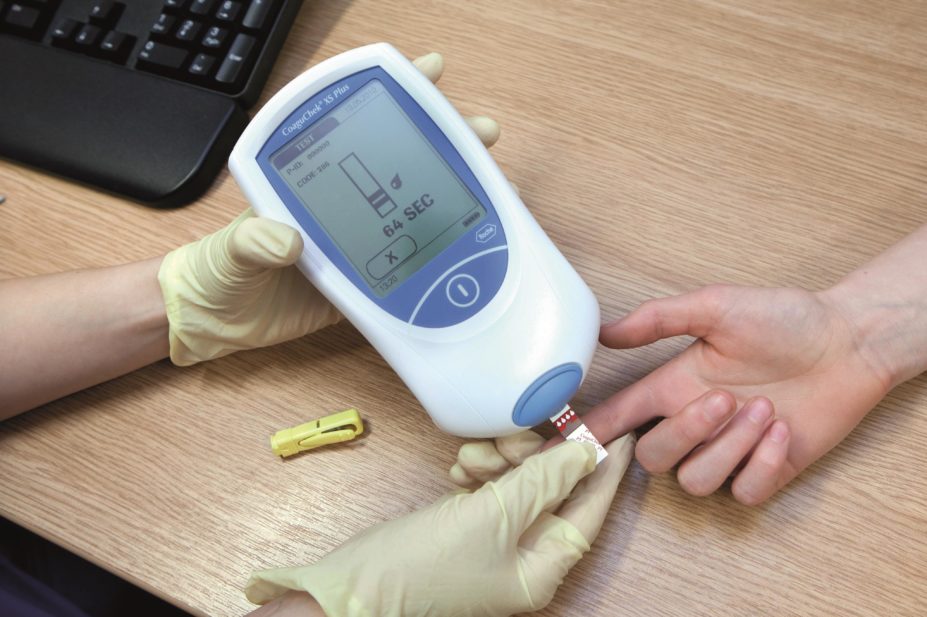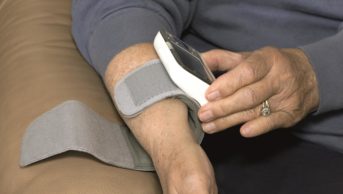
Trevor Smith / Alamy
Patients receiving long-term warfarin therapy should be given devices to help them monitor their coagulation status, says guidance issued on 24 September 2014 from the National Institute for Health and Care Excellence (NICE)[1]
.
The guidance recommends two point-of-care coagulometers — Roche Diagnostic’s CoaguChek XS system and Alere’s INRatio2 PT/INR monitor. Both devices are recommended for use by adults on long-term warfarin who have atrial fibrillation or heart valve disease, provided they are willing and able to use the monitors.
An estimated one million people in the UK take warfarin in order to prevent blood clots. Currently, patients must make regular — sometimes weekly — clinic or hospital visits to have their international normalised ratio (INR) measured.
Self-monitoring means that patients can test their INR themselves and adjust their warfarin dose by following an agreed care protocol. This approach is “highly cost-effective” compared with standard monitoring, the guidance states. By contrast, self-testing — whereby patients test their INR but contact their healthcare professional for advice on warfarin dose adjustment — is not cost-effective.
Both of the devices recommended by NICE are able to calculate prothrombin time and INR from a blood sample applied to a test strip. “Although there is greater uncertainty of clinical benefit for the InRatio2 PT/INR monitor than for the CoaguChek XS system, the evidence indicates that the precision and accuracy of both monitors are comparable to laboratory-based INR testing,” the guidance states.
Carole Longson, director of the NICE health technology evaluation centre, says the new guidance reflects evidence that greater use of self-monitoring offers clinical and patient benefit and, over time, is likely to result in reductions in heart attacks and strokes caused by blood clots.
“Because self-monitoring provides almost instant results, it can reduce anxiety, provide a sense of control for the patient and remove the need to frequently attend clinics or hospitals,” she says.


